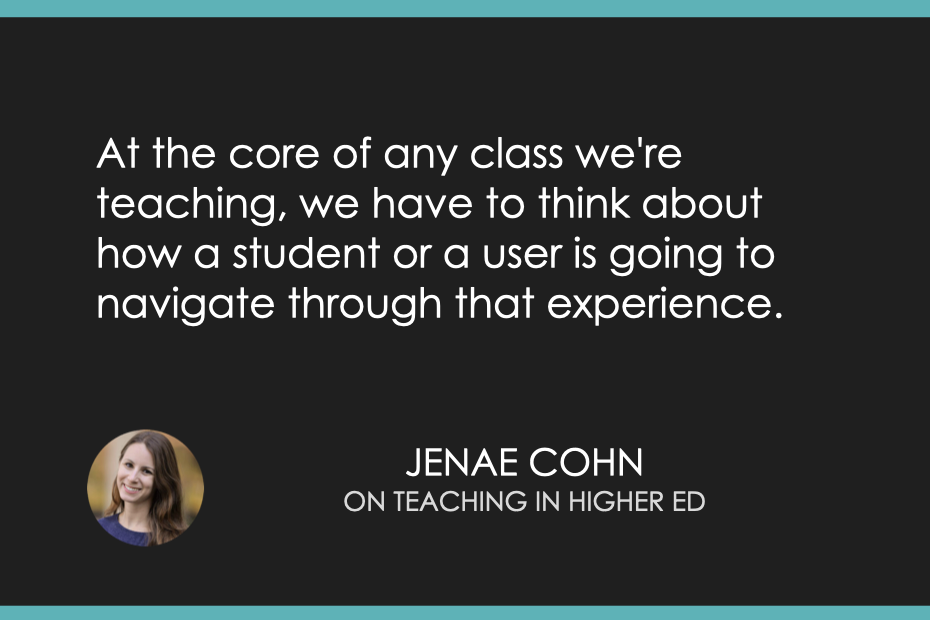
 Teaching in Higher Ed
Teaching in Higher Ed Design for Learning
Oct 5, 2023
In this podcast, Jenae Cohn discusses design for learning. She emphasizes the importance of thinking about how students navigate through a class and using feedback to improve future courses. The episode also mentions resources like Jenae's website, books on design for learning, and digital tools like Miro and Jamboard. The podcast covers various topics including user experience principles, metacognitive capacities, and equitable online learning. Additionally, the hosts share personal recommendations for Mason jars and board games, and express appreciation for the guest's contributions.
Chapters
Transcript
Episode notes
1 2 3 4 5 6
Introduction
00:00 • 2min
Introduction and Discussion of Book Project
01:39 • 2min
Designing Learning Experiences with User Experience Principles
03:20 • 29min
Personal Recommendations and Benefits of Using Mason Jars with Lids and Reusable Straws
32:27 • 2min
Benefits of Buying in Sets and Recommendations for Board Games and UX Communities
34:11 • 4min
Appreciating the Design and Guest's Contribution
37:58 • 2min

